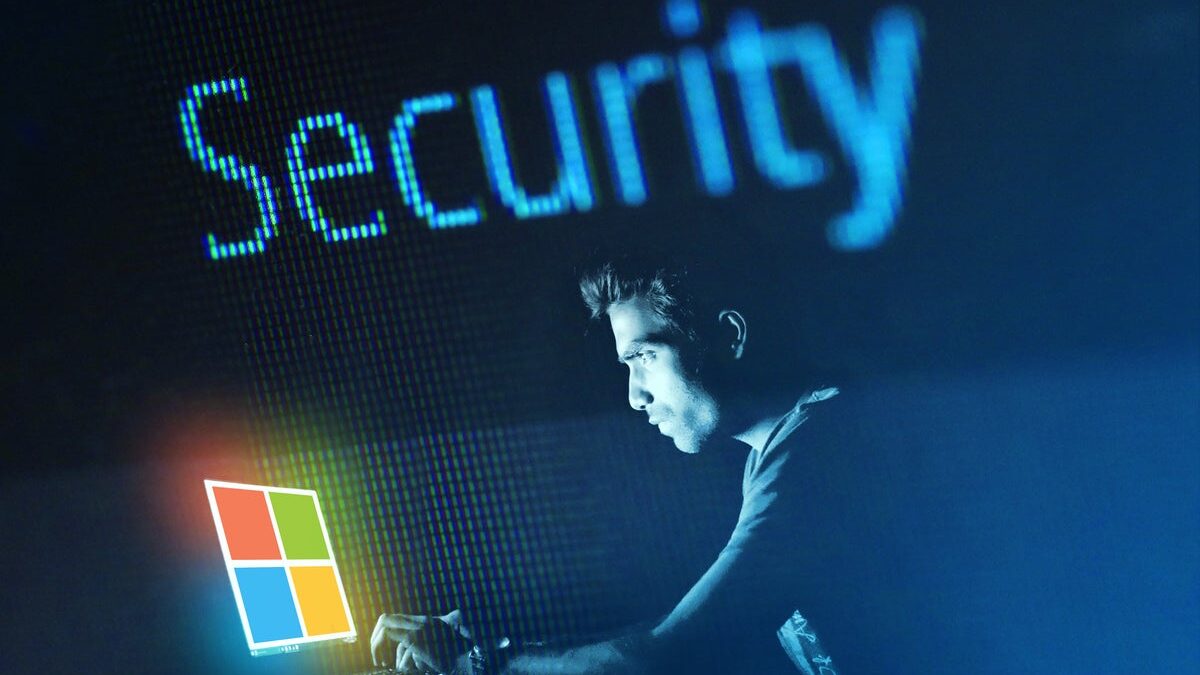Preventing the Next Microsoft Hack: Steps Companies Should Take
Introduction
In an era where cybersecurity threats are continuously evolving, the stakes have never been higher for companies worldwide. Recent incidents, such as the infamous Microsoft hack, serve as stark reminders of the vulnerabilities that even the largest and most technologically advanced companies face. This article aims to explore practical steps that organizations can take to prevent becoming the next victim of a similar breach.
The Importance of Preventing the Next Microsoft Hack
Understanding the Magnitude of Cybersecurity Threats
The Microsoft hack was a watershed moment that exposed the vulnerabilities within corporate networks and highlighted the need for robust cybersecurity measures. Cybersecurity threats are not a matter of “if” but “when.” From financial losses to reputational damage, the consequences of a data breach can be catastrophic.
Implementing Proactive Measures to Safeguard Data
Taking a proactive approach to cybersecurity is essential. Companies must implement comprehensive security protocols to protect sensitive information. This involves:
- Regularly refreshing software and systems to correct security issues.
- Conducting frequent security audits to identify and mitigate risks.
- Educating employees about best practices for cybersecurity.
Preventing the Next Microsoft Hack: Steps Companies Should Take
Conducting a Comprehensive Risk Assessment
Understanding the unique risks that your company faces is the first step in developing a robust cybersecurity strategy.
- Identify critical assets that need protection.
- Evaluate potential threats and their sources.
- Assess the potential impact of different types of cyberattacks.
Implementing Multi-Factor Authentication (MFA)
Multi-Factor Authentication (MFA) strengthens security by asking users to present several types of proof before they can access sensitive data.
- Enforce MFA across all systems and applications.
- Regularly review and update authentication methods to ensure they remain effective.
Regularly Updating and Patching Software
Outdated software can act as an open door for cybercriminals.
- Implement an automated system for applying patches and updates.
- Ensure that all software, including third-party applications, is kept up to date.
Educating Employees on Cybersecurity Best Practices
Human mistakes are a major cause of many cybersecurity breaches. Training employees can help reduce this risk.
- Hold frequent training sessions on identifying phishing attempts.
- Encourage the use of strong, unique passwords and secure password managers.
Using Advanced Threat Detection Tools
Advanced security tools can help detect and respond to threats in real-time.
- Invest in Intrusion Detection Systems (IDS) and Intrusion Prevention Systems (IPS).
- Use Security Information and Event Management (SIEM) tools to keep an eye on network activity.
Establishing a Robust Incident Response Plan
Having a robust incident response plan in place ensures that your company can quickly recover from a cybersecurity breach.
- Develop a comprehensive incident response plan.
- Consistently test and refresh the plan to make sure it remains effective.
Conclusion
Preventing the next Microsoft hack requires a multifaceted approach that includes understanding potential threats, implementing proactive measures, and establishing a culture of cybersecurity awareness within the organization. By following these actions, companies can greatly lower their chances of experiencing a cyberattack.
Key Takeaways
- Conduct comprehensive risk assessments to understand vulnerabilities.
- Implement Multi-Factor Authentication (MFA) to enhance security.
- Keep software and systems up to date with regular patches.
- Educate employees on cybersecurity best practices.
- Invest in cutting-edge tools for detecting and responding to threats.
- Create and frequently revise a plan for handling incidents.
Also Read:Microsoft to Settle Antitrust Disputes





